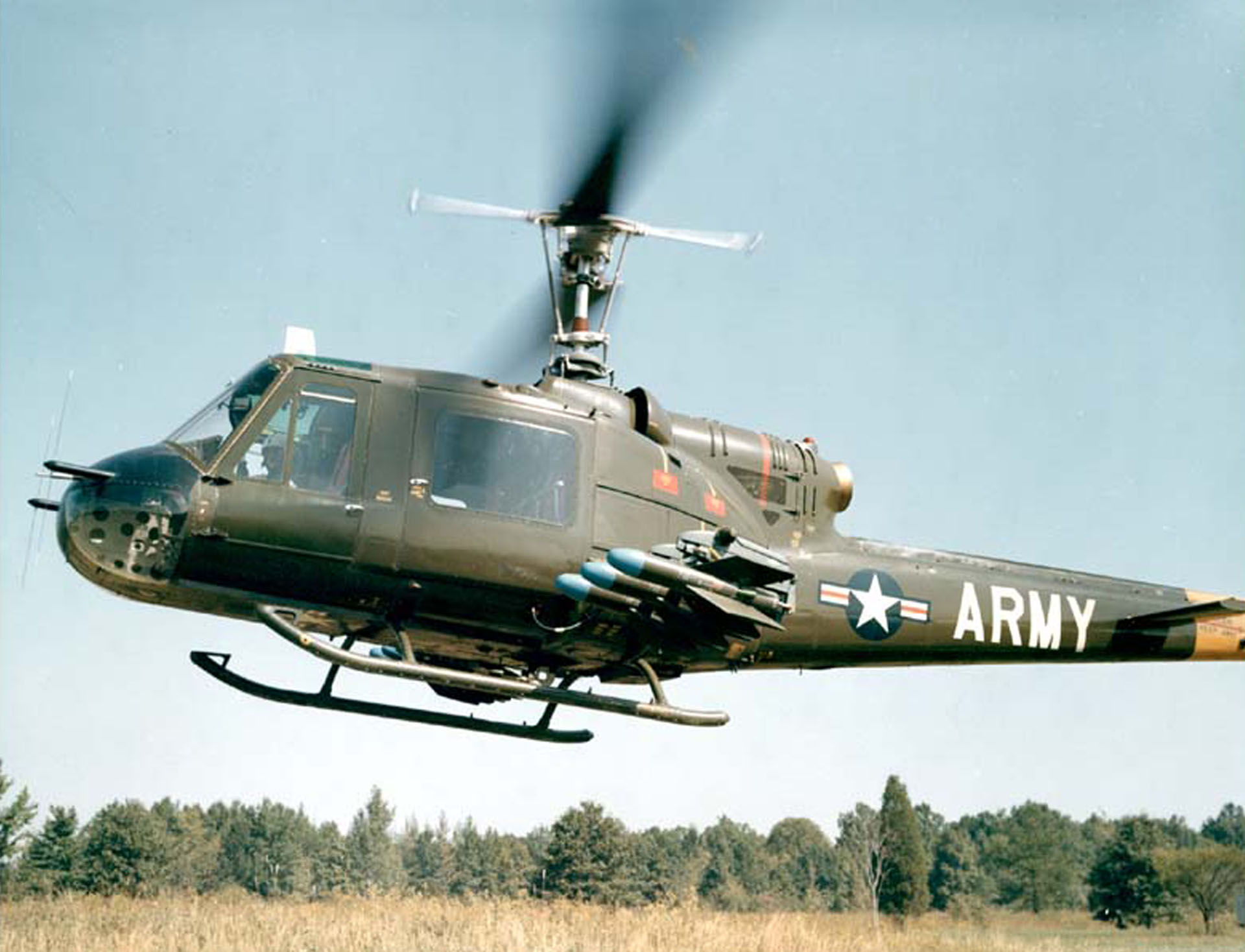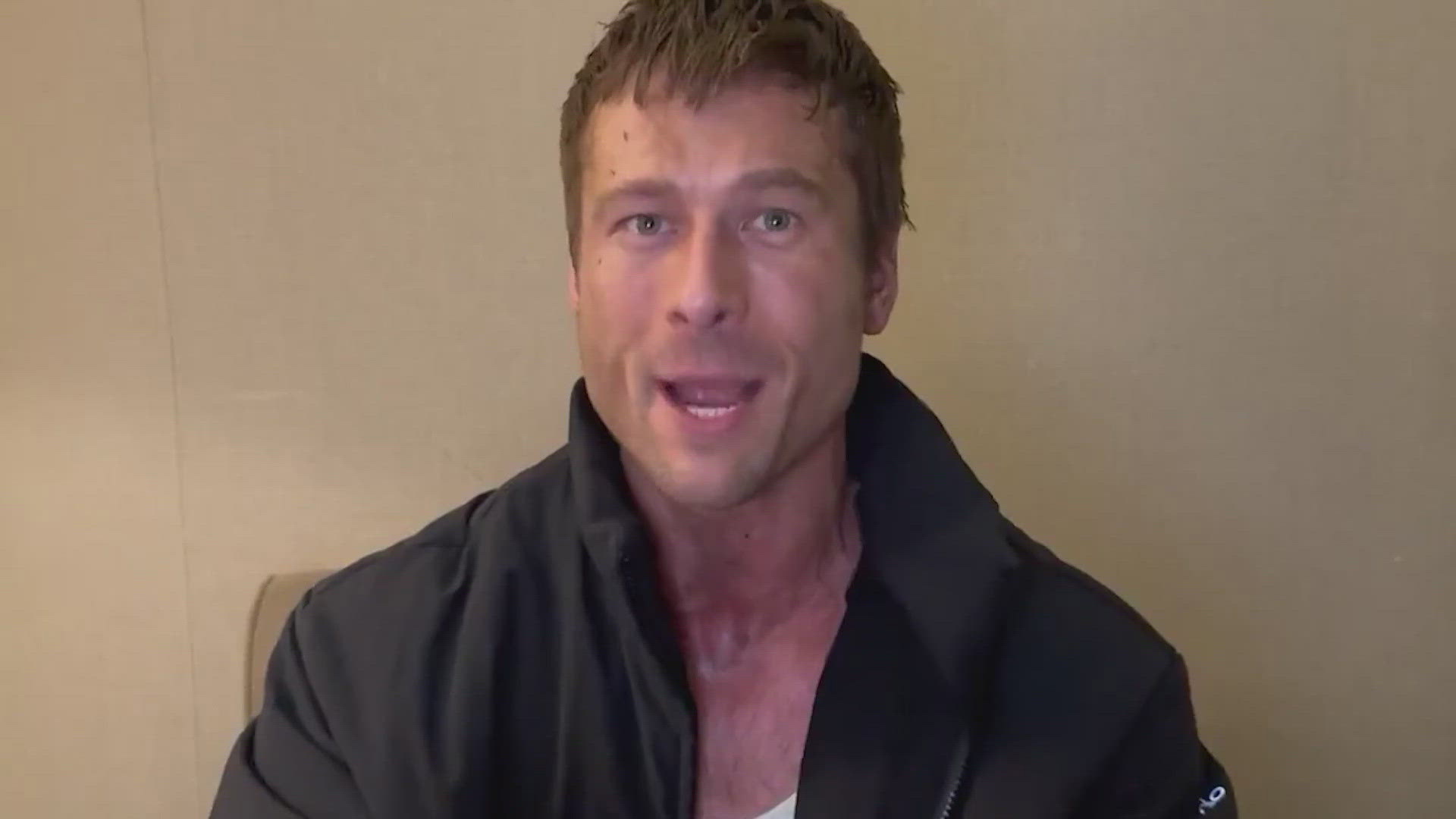![Army Retirers Huey and Cobra Helicopters[ID=26620707] ID=26620707](http://www.gannett-cdn.com/-mm-/bbdab11b7836afc98adc8751e6bd922c9e476c20/c=0-0-1916-1440&r=115x86/local/-/media/2015/04/30/WFAA/WFAA/635659513024794954-0429-uh1-huey01.jpg) Thursday marks 40 years since the final evacuation of U.S. personnel from Saigon.
Thursday marks 40 years since the final evacuation of U.S. personnel from Saigon.
The Vietnam War represents many things to many Americans, but the conflict was changed profoundly by North Texas. It was the home of the helicopter that became known as the "Huey," and the training base for the pilots who flew it.
The familiar "thwop" of the Huey's blades was the sound of Vietnam. It was the sound that made that war different from the wars that preceded it, and the sound that made the Huey distinctive.
For American soldiers and pilots in Vietnam, that "thwop" was almost a life force.
![635659513024794954-0429-uh1-huey04[ID=26620709] ID=26620709](http://www.gannett-cdn.com/-mm-/96d764d27ccb6b6cb79c56a95e4e9c7e0e44bcd7/c=266-0-1917-1241&r=115x86/local/-/media/2015/04/30/WFAA/WFAA/635659513024794954-0429-uh1-huey04.jpg) "I think for so many of those young men there, it meant life," recalled Dwayne "Willie" Williams, a Huey pilot. "And to hear that sound... they knew we were coming."
"I think for so many of those young men there, it meant life," recalled Dwayne "Willie" Williams, a Huey pilot. "And to hear that sound... they knew we were coming."
The choppers would be used to extract soldiers from tight situations; to evacuate the wounded; to provide fire support; and to transport water and supplies over an impassible jungle.
Williams was one of the thousands of men for whom flying the Huey (officially the Bell UH-1) became a way of life. He was 20 when he flew his first sortie in Vietnam, and he flew every kind of mission there.
![635659513038835224-0429-uh1-huey05[ID=26620713] ID=26620713](http://www.gannett-cdn.com/-mm-/591ce54bb2d37156f80a882032148d7ea41cabb3/c=16-0-1690-1259&r=115x86/local/-/media/2015/04/30/WFAA/WFAA/635659513038835224-0429-uh1-huey05.jpg) If the sound of the Huey meant life for Americans on the ground, it also meant the enemy knew what was coming. And inevitably, they'd open fire on the helicopters when they arrived at a landing zone.
If the sound of the Huey meant life for Americans on the ground, it also meant the enemy knew what was coming. And inevitably, they'd open fire on the helicopters when they arrived at a landing zone.
"You had that fear," Williams said. "But you learned to put that aside. I think you kind of put that in a box. You know someone needs you down there."
Del Livingston, who became a pilot at age 19, was shot through the shoulder on what would be his final mission. He was a Medevac pilot.
![Army Retirers Huey and Cobra Helicopters[ID=26620715] ID=26620715](http://www.gannett-cdn.com/-mm-/db4695d3eb5416c5914b2c4dca65c571831c4a01/c=0-0-1688-1269&r=115x86/local/-/media/2015/04/30/WFAA/WFAA/635659513038991227-0429-uh1-huey02.jpg) "I was in a hover trying to rescue someone," says Livingston, now vice president of flight operations for Airbus Helicopters in Grand Prairie. "That was the time we took a good 40 rounds in the aircraft, and that tells you how rugged that Huey can be. We had a couple in the engine; some in the tail rotor; three or four in the fuel system. But the aircraft took us all the way back to the hospital pad."
"I was in a hover trying to rescue someone," says Livingston, now vice president of flight operations for Airbus Helicopters in Grand Prairie. "That was the time we took a good 40 rounds in the aircraft, and that tells you how rugged that Huey can be. We had a couple in the engine; some in the tail rotor; three or four in the fuel system. But the aircraft took us all the way back to the hospital pad."
A total of 3,300 Hueys were lost over the course of the war, according to the Vietnam Helicopter Pilots Association. Ten-thousand of the durable aircraft were manufactured between 1957 and 1975.
![VIETNAM-MILITARY-ACCIDENT-AVIATION[ID=26620711] ID=26620711](http://www.gannett-cdn.com/-mm-/c9b00fef3a4406ff96b92462028003e8b04c5b83/c=0-0-1508-1134&r=115x86/local/-/media/2015/04/30/WFAA/WFAA/635659513038991227-0429-uh1-huey03.jpg) "At one point, the plant employed eight or nine-thousand people during the war when production was at its peak," said aviation historian Jay Miller of Arlington.
"At one point, the plant employed eight or nine-thousand people during the war when production was at its peak," said aviation historian Jay Miller of Arlington.
Every Huey was made in Hurst, and every pilot who flew one was trained at Ft. Wolters in Mineral Wells.
For every student pilot, the unspoken message was the same, Del Livingston remembers: "Do you understand you're going to Vietnam if you're a helicopter pilot/? And you're probably going to get killed?"
The flight line at Ft. Wolters that was the launching pad for so many many pilots in Vietnam has been dormant for four decades. Donkeys roam where men once prepared for battle. Windowless barracks stare out over the silent base.
But the bonds that began there stayed with pilots and crews forever.
"They were my brother who would have died for me," Williams said. "For whom I would have died."
Two years after Ft. Wolters went dark, 40 years ago, the last choppers evacuated the last Americans from the U.S. Embassy in Saigon.
So many Vietnamese scrambled to leave the country that offshore, Hueys had to be pushed overboard from American ships to make room for more flights carrying evacuees.
It was the end of the same mission the American pilots had from the beginning.
"We saved everybody and anybody... we didn't care," Del Livingston said.
"I knew without even thinking about it that if I was shot down, the next one would dome and get me," says Williams. "The next one would come and get me. We all had that sense of pride in what we did, and I think we all were there for each other."


